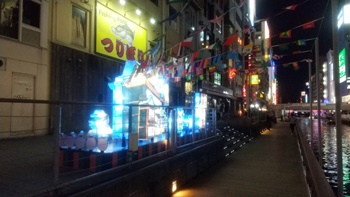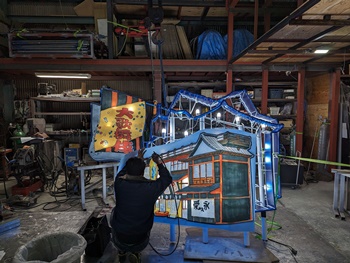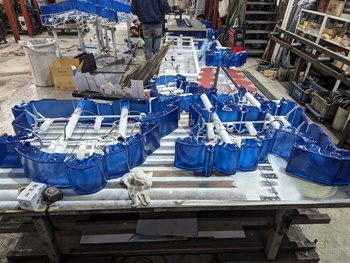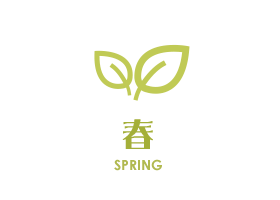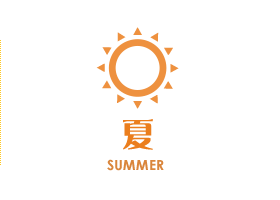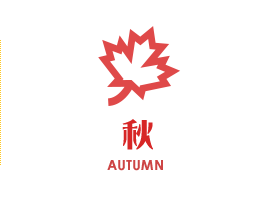Decenver 9,2023 to February 29 , 2024
Dotonbori Illumination Dotonbori Five Theaters “Naniwa-za”
Reproduction of the Five Dotonbori Theaters with 3D objects of light!
Part 1 “Naniwa-za”
The liveliness of the theatrical town will be revived.

Doton, who was involved in the construction of Osaka Castle, was given the land that makes up the present Dotombori area, which was a wasteland at the time, by Toyotomi Hideyoshi.</p><p>In the year 1612, Doton began excavating this land using h
| Date | Decenver 9,2023 to February 29 , 2024 |
|---|---|
| Description | After the excavation of Dotombori, theaters from all over Osaka began to gather in the area, and it developed as a theater district. The five main theaters, known as the Dotombori Goza ; Kadoza, Naniwaza, Nakaza, Asahiza, and Bentenza ; were representative of the theaters in the area, and Dotombori thrived along with the Goza as Japan’s largest theater district.In 1999, Nakaza was the last of the Goza to finally close its doors, but even today theaters such as Shochikuza continue to carry on the Kamigata performance culture that once thrived in so many theaters in this culturally significant Dotombori area. “Naniwa-za” The Naniwa-za originates from “Takemoto-za”, where Gidayu Takemoto raised his yagura (traditional tower) and the Japanese puppet show "Sonezaki Shinju (The Love Suicides at Sonezaki)" was first performed. After that, it became the Kabuki theater and was called “Chikugo’s play”. It was burned down at the beginning of the Meiji era. The grand theater in Matsushima was relocated and reconstructed as “Ebisu-za”. In 1887, it was renamed to “Naniwa-za”, and motion pictures and entertainment were performed there. It was renovated in November 1910. |
| Access | Dotonbori, Chuo-ku, Osaka (4 minutes walk from “Namba” subway station and “Osaka Namba” station in Hanshin/Kintetsu line, 6 minutes walk from “Namba” station in Nankai line) |
| Organizer | ITTOKO MINAMAI Executive Committee |
